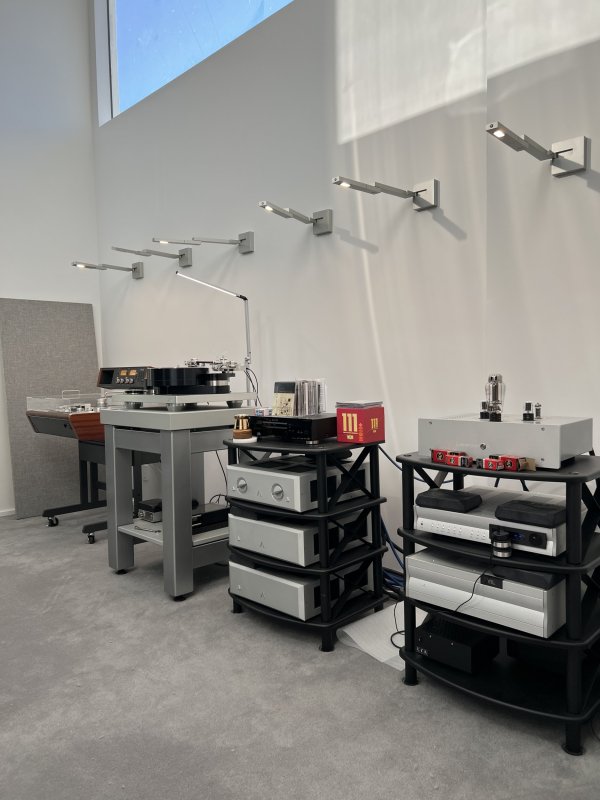Ron, I guess it's working well.
have you tried the GAC-2?
I am thinking of trying GAC 4/1 or 2. Not sure which one.
I go between 5m Nordost Tyr and Mogami 2549.
Congratulations for the system Ron !
Hello XV-1,
The GAC-2 cable (1040X) is a very special cable. It has an innate lifelike sense of rhythm that is quite addictive.
Tonally, I miss some of the body and tone that some other cables can provide in the upper bass/lower midrange, but as soon as the Gotham GAC-2 (1040X) cable is temporarily replaced at home with a different cable, it always feels as if that life quality in music is gone.
If I could find a cable that would provide me with a denser sound in the upper bass/lower midrange and a more lifelike tone while retaining the GAC-2’s (1040x) lifelike dynamic nuance and resolution, it would probably be my go to cable for life.
For completeness, I haven’t experienced that lifelike dynamic expressiveness with the more expensive Gac-2 UltraPro (10561) , or in any other cable for that matter, and I yet have to try the GAC-4/1 (11001) .
B
Last edited:



